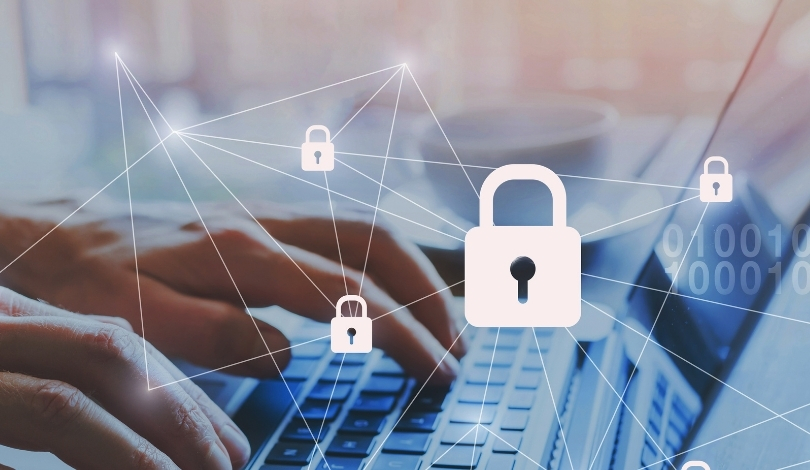Federal officials are deliberating on an accelerated approach to quantum computing policy, signaling potential shifts in national security measures and technological priorities. As quantum computers threaten traditional cybersecurity structures, both public and private sectors are being nudged toward faster integration of quantum-resistant protocols. These discussions stand at the intersection of economic interest, technological advancement, and national defense strategy, raising the urgency around encryption upgrades and new federal directives. Momentum is building within government agencies and industry to establish a unified and forward-looking policy on quantum technology, sparking anticipation and uncertainty as executive orders loom on the horizon.
Past reporting on U.S. quantum computing strategy highlighted a more gradual progression, with earlier plans allowing encryption migrations to extend to 2035. While mentions of quantum as a security risk have appeared before, calls for decisive, near-term action were less pronounced. Recently, the urgency for securing federal systems and cryptocurrencies against quantum-enabled attacks has moved to the forefront of the policy debate, reflecting heightened global competition and shifting strategic priorities.
What Steps Are Being Considered for National Quantum Security?
Officials are contemplating a combination of executive actions, including a possible executive order and a revised national quantum plan. These measures are likely to focus on moving up the deadline for federal agencies’ shift to post-quantum encryption, previously targeted for 2035, but now potentially advanced to 2030. The White House’s Office of Science and Technology Policy (OSTP) and the Department of Commerce are expected to play leading roles in drafting and implementing these initiatives.
Why Is There an Emphasis on Accelerating Post-Quantum Migration?
Despite quantum computers with advanced codebreaking capabilities not yet being operational, there is widespread apprehension about their eventual arrival. Experts, including those from the National Institute of Standards and Technology and the National Security Agency, warn that early action could determine U.S. readiness if rival governments make breakthroughs.
“The White House wants to do for quantum what they did for AI in July,”
a quantum industry executive relayed, reflecting a sense of urgency and parallel to recent AI policy pushes.
How Might Cryptocurrencies Be Impacted by These Policies?
Quantum-resistant encryption migration is drawing attention not just across government agencies but also within financial technology, particularly the cryptocurrency sector. Discussions have addressed the necessity for digital assets, such as Bitcoin, to adopt safer encryption measures before quantum threats materialize.
“The conclusion is that the Bitcoin upgrade to quantum-safe protocols needs to be started as soon as possible,”
industry voices contend, echoing mounting calls to prioritize the protection of digital assets that are already targeted by cybercriminals and hostile state actors.
Efforts to accelerate post-quantum safeguards carry weight in the broader context of technological rivalry with nations such as China and Russia, where breakthroughs in quantum technology may arise unexpectedly and remain concealed for strategic advantage. The push for rapid quantum migration not only involves shoring up national security frameworks, but also mitigating economic risks by protecting high-value targets such as cryptocurrencies. Stakeholders in the quantum industry, along with key figures like OSTP Director Michael Kratsios and Commerce Deputy Secretary Paul Dabbar, continue to shape the dialogue, leaving federal agencies and businesses preparing for imminent policy shifts. For those responsible for securing information systems, following developments in post-quantum cybersecurity protocols remains essential, while organizations holding Bitcoin or other cryptocurrencies should closely monitor and contribute to the adoption of quantum-safe upgrades to stay ahead of potential vulnerabilities.










